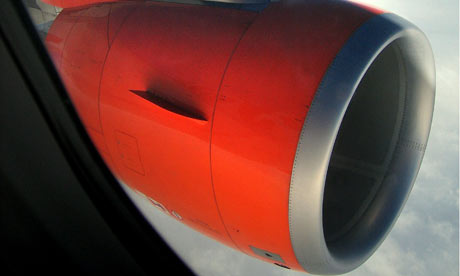
The oceans are by far the largest carbon sink in the world. Some 93 percent of carbon dioxide is stored in algae, vegetation, and coral under the sea. But oceans are not able to absorb all of the carbon dioxide released from the burning of fossil fuels. In fact, a recent study suggests that the oceans have absorbed a smaller proportion of fossil-fuel emissions, nearly 10 percent less, since 2000.
The study, published in the current issue of Nature, is the first to quantify the perceived trend that oceans are becoming less efficient carbon sinks. The study team, led by Columbia University oceanographer Samar Khatiwala, measured the amount of human-caused carbon dioxide emissions pumped into the oceans since 1765.
Industrial carbon dioxide emissions have increased dramatically since the 1950s, and oceans have until recently been able to absorb the greater amounts of emissions. Sometime after 2000, however, the rise in emissions and the oceans' carbon uptake decoupled. Oceans continue to absorb more carbon, but the pace appears to have slowed.
The reason is based in part on simple chemistry. Increased concentrations of carbon dioxide have turned waters more acidic, especially nearer to the poles. While carbon dioxide dissolves more readily in cold, dense seawater, these waters are less capable of sequestering the gas as the ocean becomes more acidic. The study revealed that the Southern Ocean, near Antarctica, absorbs about 40 percent of the carbon in oceans.
Article continues: http://www.worldwatch.org/node/6323






 View More Images
View More Images









